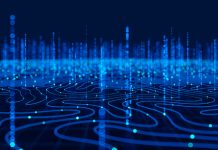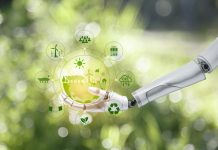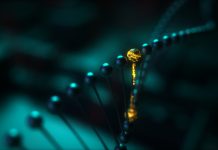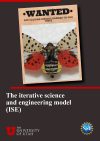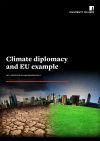Waste electrical and electronic equipment (WEEE) also known as “e-waste” is actually one of the fastest growing waste streams all around the world. This is mainly due to increased consumer demand which is strongly correlated with economic growth especially in Asia but also in emerging countries.
This increase in e-waste generation is now considered as an emerging issue that may pose risks to human health and environment and proper actions must be taken right now to tackle this problem.
E-waste comprises a broad range of electronic and electrical products such as computers, televisions, cellular phones as well as household appliances such as refrigerators, air conditioners, washing machines. They mostly contain metals, plastics, chemicals, glass and lower amounts of other substances. Rare earth such as lanthanum, cerium or gadolinium, and precious metals such as gold, silver, platinum or palladium are of particular interest due to their high intrinsic values on the market. However, safe recovery and recycling methods are required to extract those valuable metals from collected e-waste solids. The solid materials are processed in metal refinery facilities using acid leaching stages in order to dissolve valuable metals into a liquid stream. Then hydrometallurgical techniques including ion exchange, solvent extraction, reduction or precipitation are used to recover valuable metals. However, those processes produce large quantity of liquid effluents with low concentrations of dissolved metals. Such conventional recovery processes present major disadvantages with incomplete metal recovery, high capital costs, high energy consumption and secondary wastes that must be disposed of. Therefore, new technologies must be considered.
We are actually conducting studies to develop a new biobased sorbent for water and wastewater treatment applications. The sorbent is a multifunctional filter media made from electrospun nanofibers. It will be used for the removal of contaminants from aqueous solutions. The main features of the device is that it is a non-woven three dimensional porous mats made of randomly laid nanofibres in the size range of 3 nm to 5 µm produced by electrospinning which provide a physical, sized-based separation mechanism for the filtration of contaminants. Polymeric nanofibres with very small diameter have unique properties, such as high specific surface area and surface functionalities. It is possible to make nanofibrous media with low basis weight, high permeability and small pore size that should overcome common technical problems encountered with most usual processes used for water treatment, namely packed bed adsorption column and membrane filtration. Such a device should be able to generate low pressure drop, high adsorption capacity and low fouling behaviour. Actually we are investigating Chitosan for nanofibre production. Chitosan is attractive since it has a strong chelation potential for heavy metals due to the presence of amine and hydroxyl groups on the surface that are involved in the adsorption process. Chitosan is a biodegradable, natural, and non-toxic polymer derived from chitin which is readily available at a very cheap cost, since it is essentially a waste product from the fishing and marine industries. Our recent investigations have shown that chitosan is very effective for the removal of metallic ions (copper, cadmium, nickel) from aqueous solutions. The device has also been used to test real wastewaters from the mining industry. Regeneration tests of the membrane after adsorption have also shown that it is possible to restore adsorption capacity of the membrane. Investigations are under way to determine appropriate regeneration strategies to improve membrane’s performance and to recover released precious metals from the nanofiber matrix.
Prof Bruno Chabot
Chemical engineering department
Université du Québec à Trois-Rivières
3351 boul. des Forges, C.P. 500
Trois-Rivières, Québec, CANADA
G9A-5H7




